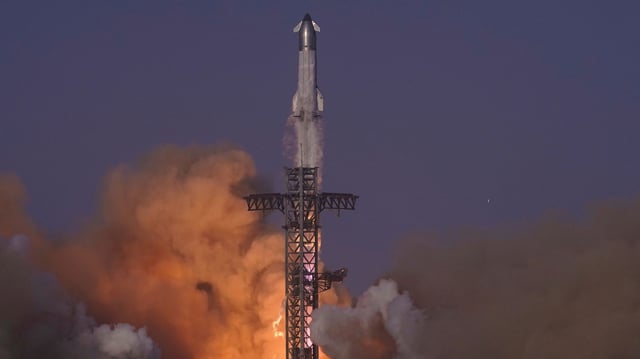Overview
- SpaceX is preparing its next Starship test flight to achieve successful orbital refueling, a capability never before demonstrated.
- Musk estimates a roughly 50 percent chance of launching the first uncrewed Starship to Mars in the 2026 planetary alignment window.
- That inaugural mission will carry Tesla-built Optimus humanoid robots as a simulated crew ahead of crewed flights slated for 2027 or 2028.
- The company aims to boost production to approximately 1,000 Starships per year to support the mass transport of cargo and settlers.
- NASA is relying on Starship for its Artemis lunar landings by 2027 as a stepping stone toward human missions to Mars.



